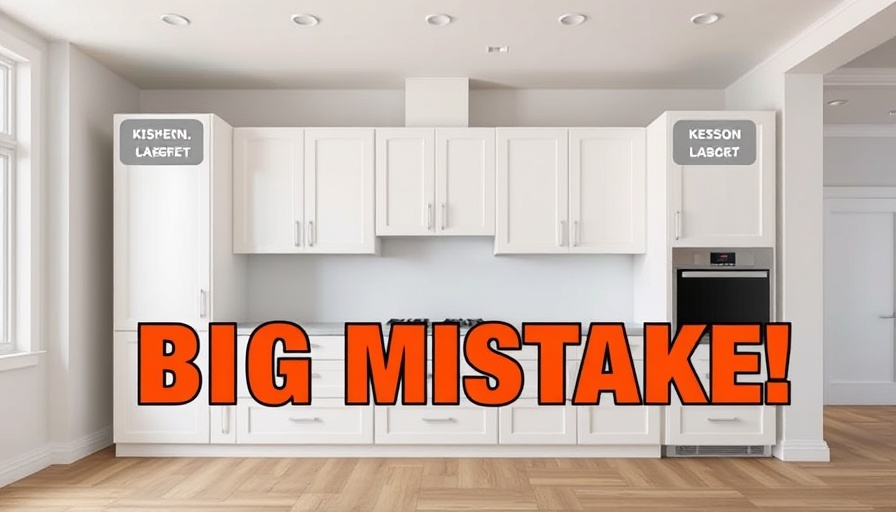
Transform Your Shower Space: The Joy of Building a Custom Shower Pan
For many homeowners, the bathroom is a haven of relaxation and personal care, making it essential to keep it functional and stylish. While factory-made shower pans are available, creating a custom shower pan tailored to your needs can elevate your bathing experience. Whether you're looking to optimize space or simply want a fresh look, a DIY shower pan allows you to express your creativity with essential functionality.
The Essentials: Understanding Shower Pans
Shower pans, also referred to as shower floors, are vital components in any shower design. They not only keep water contained but also contribute to the overall aesthetic of your bathroom. The most popular method for creating a shower pan involves using a mortar base, allowing you to experiment with different tile designs while ensuring a slope toward the drain. This technique is not only practical for seasoned DIYers but also accessible for beginners eager to dive into home improvement projects.
Planning Your Shower Pan: Key Considerations
When constructing a shower pan, careful planning is essential. You must take into account the size and shape of your shower space, ensuring the pan is built exactingly to avoid issues later on. Measuring the area between wall studs is crucial, as it dictates the framing of the shower pan. If you're new to this, don't hesitate to hire a professional plumber to assist with the floor drain installation. Proper guidance can prevent future headaches and ensure a job well done.
Building a Water-Resistant Shower Pan: Step-by-Step Guide
1. **Gather Your Materials**: Equip yourself with essentials like a circular saw, mortar, tar paper, and tiling materials - these are the building blocks of your shower pan. It’s advisable to familiarize yourself with each tool you’ll be using for optimal safety and efficiency.
2. **Construct the Frame**: Using your measurements, cut 2 x 6-inch boards to form the frame. Secure the boards into the subfloor using nails, ensuring they are firmly placed to support the weight of the mortar and tile.
3. **Create a Base Layer**: Lay down tar paper on the shower floor to protect your subfloor from moisture. Make sure it's flat and secure it with nails spaced appropriately to prevent movement.
4. **Pre-Slope Installation**: Next, create a pre-slope using a mortar bed. This layer is crucial as it directs water toward the drain. The inclination should be subtle yet impactful, usually about a quarter inch per foot toward the drain.
5. **Install a Waterproof Liner**: Above the pre-slope, place a waterproof liner made from PVC or a suitable polymer. This is vital for preventing moisture damage to your subfloor and gives long-lasting durability to your shower pan.
6. **Top Layer Construction**: Add another layer of mortar, carefully molding it to match the outlines of the pre-slope. This top slope ensures that water drains effectively and prevents pooling in any areas.
7. **Tile the Shower Pan**: Finally, set your tile into place with a thin bed of mortar. After the tile has set, fill the seams with grout, finishing your custom shower pan with a stylish touch.
The Benefits of a Custom Shower Pan
Aside from personal expression, building your own shower pan allows for functionality that off-the-shelf options can't provide. A custom design can save space, accommodate unique shapes, and perfectly fit the dimensions of your home. Moreover, knowing how to create a shower pan reinforces your DIY skills, empowering you to take on future home improvement projects confidently.
Inspiring Quotes from Home Improvement Enthusiasts
"Every inch of my bathroom counts. By making my own shower pan, I've optimized the space and added a personal touch." - Sarah, a DIY enthusiast.
Conclusion: Dive into Your DIY Project
Building your shower pan might seem daunting at first, but with proper planning, materials, and a step-by-step approach, it can be a rewarding experience. Not only does it enhance your home's value, but it provides a personal hold on your living space that's hard to replicate with store-bought options. Ready to get started? Roll up your sleeves, gather your tools, and transform your bathroom into the oasis you’ve always envisioned!
 Add Row
Add Row  Add
Add 




Write A Comment